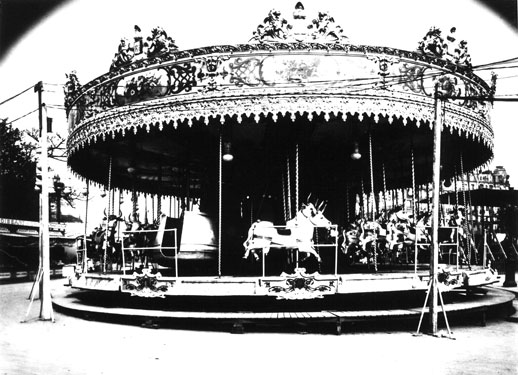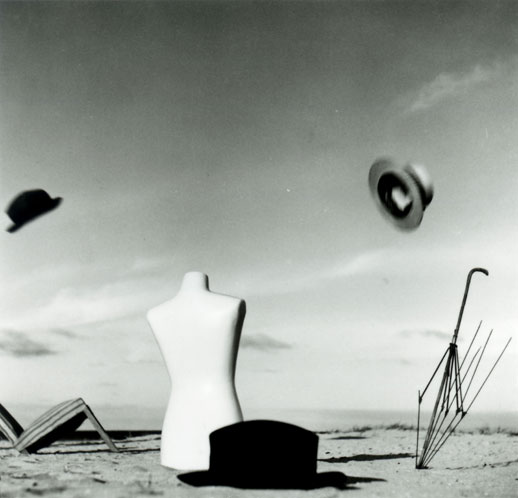Surrealism out of the Dark Room
Surrealism lies at the heart of the photographic enterprise: in the very creation of a duplicate world, of a reality in the second degree, narrower but more dramatic than that perceived by natural vision.
— Susan Sontag, ‘Melancholy Objects’ in On Photography, 1972
“Beauty Convulsed”, the exhibition currently showing at the Tokyo Metropolitan Museum of Photography is the first major show in Japan to focus on the photographic aspects of the Surrealist movement. The 1985 exhibition “L’amour Fou” (Mad Love), curated by Jane Livingston and Rosalind Krauss, was groundbreaking in terms of its arguments of the centrality of photography to the Surrealist endeavor. This exhibition introduces the movement to a potentially new audience and extends the debate surrounding photography’s historical influence on its very definition.

Tracing the movement from its literary beginnings in Andre Breton’s 1924 Surrealist manifesto and the book Nadja to later visual incarnations in the work of American, Japanese and European artists, this exhibition makes it clear how far geographically and culturally Surrealism’s impact was felt. The show’s curator Kyoko Jimbo has put together a diverse range of photographs in an accessible, educational and exploratory way. Perhaps equally as importantly for this context she has introduced a broad range of artists work.. While many people are familiar with figures such as Breton, Man Ray and Hans Bellmar, they may not have heard of Shoji Ueda or Kansuke Yamamoto.

The thematic structuring of the work (divided into four sections – ‘city’, ‘object’, ‘body’ and ‘detail’) emphasizes the influence of the environment on the philosophy and aesthetic of Surrealism. Framing the beginning of the show are Eugene Aget’s images of Paris, which strongly convey the role Paris played as the crucible of many Surrealist ideas and images. Although the annals of art history generally do not refer to him as a Surrealist, his images are haunting and oneric as streets transform into places of encounter. Places, objects and people are imbued with a sense of otherness; their ordinariness is transformed by the attention of the photographer and later the viewer. The message of the show seems to be that rather than seeking to create an uncanny reality, the photographic Surrealists were responding to the nature of their lived reality — a reality that was underscored by a sense of freedom, but also perhaps the infringement of chaos where objectivity and subjectivity itself became fused.
Breton’s genius was to see that photography could hover between the literal and the possible and create a new visual language. As you meander through the show, the respective sections, (which at first seem unnecessarily superimpositions) create a sense of flow through time, unifying what could have become fusion of too many references. What saves the exhibition design from becoming too scattered is the clear thematic connections between the photographs. Like the ripples that spread out after a stone has been thrown into water, we can trace the effect of an initial Zeitgeist. Whether the ultra banal is transformed through the act of photography or whether the strange is constructed in a dreamlike way through the artists’ intervention, all of the photographs reveal a shared visual heritage that is connected to a sense of place and history, rather than technique alone.
Rachel Carvosso
Rachel Carvosso


